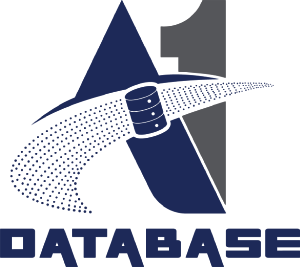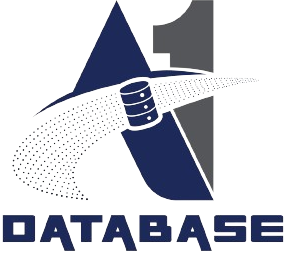- December 9, 2024
- by Admin
- Data Extraction
Choosing the most appropriate data extraction technique necessitates a thorough evaluation of several factors, such as the nature of the data source, the required data format, the complexity of the project, and the specific needs of your organization.
The following decision-making framework can assist in your selection process:
- Identify data sources: Ascertain the type of your data source. Is it structured, like a database; semi-structured, such as XML or JSON; or unstructured, like text documents or web pages?
- Understand project requirements: Grasp the format, volume, and complexity of the data to be extracted, as well as the frequency of extraction.
- Evaluate extraction techniques: Analyse the aforementioned techniques to identify the one that best fits your use case.
- Consider project constraints: Examine the cost implications associated with each extraction technique, including infrastructure, tools, and labour. Have a clear understanding of the project timeline and the availability of necessary technical expertise and resources.
- Decision making: Assign importance weights to various factors relevant to the project and assess each extraction technique accordingly. Engage with relevant stakeholders to ensure alignment with project objectives and requirements. Conduct proof-of-concept tests for techniques to evaluate their effectiveness and suitability.
- Final selection: Based on your comprehensive analysis, select the technique that most closely aligns with your project’s requirements, constraints, and objectives. Document the chosen technique, including its implementation strategy, resource needs, and anticipated outcomes.
Adhering to this framework allows for a systematic assessment and selection of the most suitable data extraction technique for your project, thereby facilitating successful implementation and the attainment of desired results.
Factors to evaluate when choosing an effective data extraction technique
Choosing the most appropriate data extraction technique necessitates a thorough evaluation of several factors, such as the nature of the data source, the required data format, the complexity of the project, and the specific needs of your organization. The following decision-making framework can assist in your selection process:
- Identify data sources: Ascertain the type of your data source. Is it structured, like a database; semi-structured, such as XML or JSON; or unstructured, like text documents or web pages?
- Understand project requirements: Grasp the format, volume, and complexity of the data to be extracted, and evaluate the frequency of extraction needed.
- Evaluate extraction techniques: Analyze the various techniques available to identify the one that best fits your use case.
- Consider project constraints: Assess the cost implications associated with each extraction technique, including infrastructure, tools, and labor. Have a clear understanding of the project timeline and the availability of necessary technical expertise and resources.
- Decision making: Assign importance weights to different factors relevant to the project and evaluate each extraction technique accordingly. Engage with relevant stakeholders to ensure alignment with project objectives and requirements. Conduct proof-of-concept tests for techniques to evaluate their effectiveness and performance.
- Final selection: Based on your comprehensive analysis, select the technique that most closely aligns with your project requirements, constraints, and objectives. Document the chosen technique, including its implementation strategy, resource needs, and anticipated outcomes.
Adhering to this framework allows for a systematic assessment and selection of the most suitable data extraction technique for your project, thereby facilitating successful implementation and the attainment of desired results.

